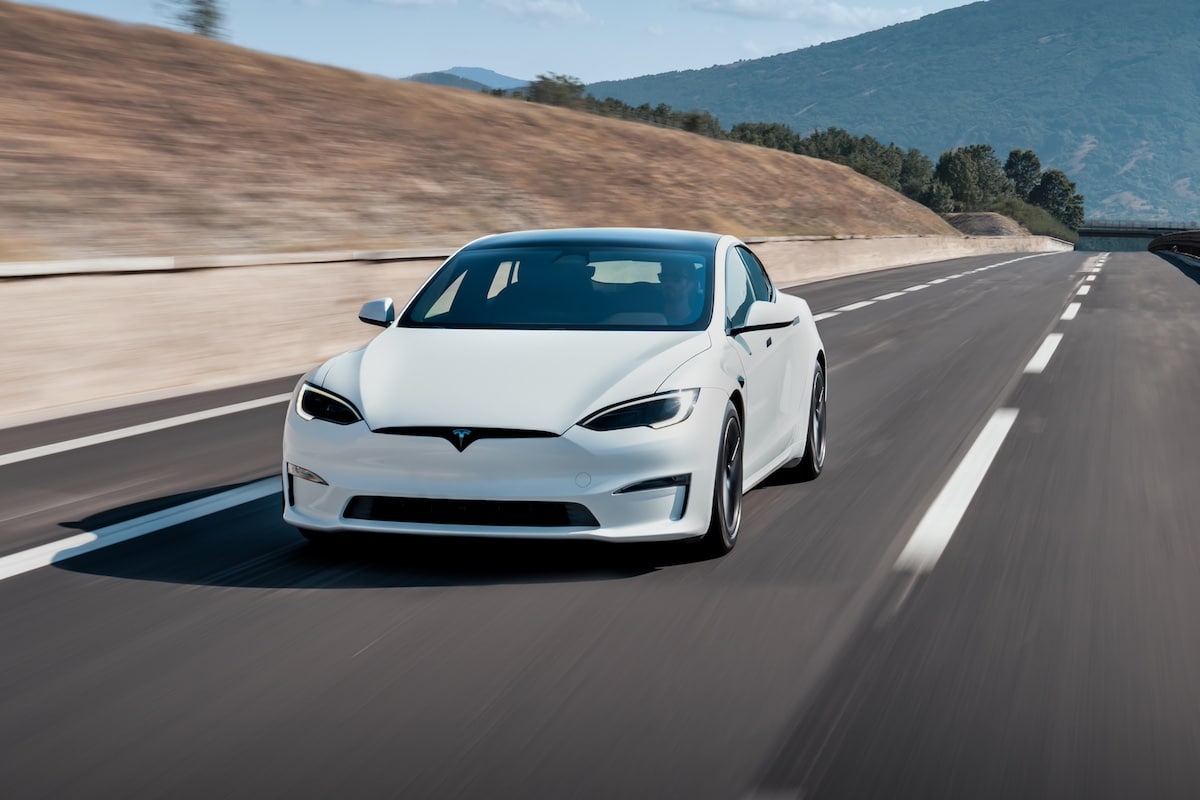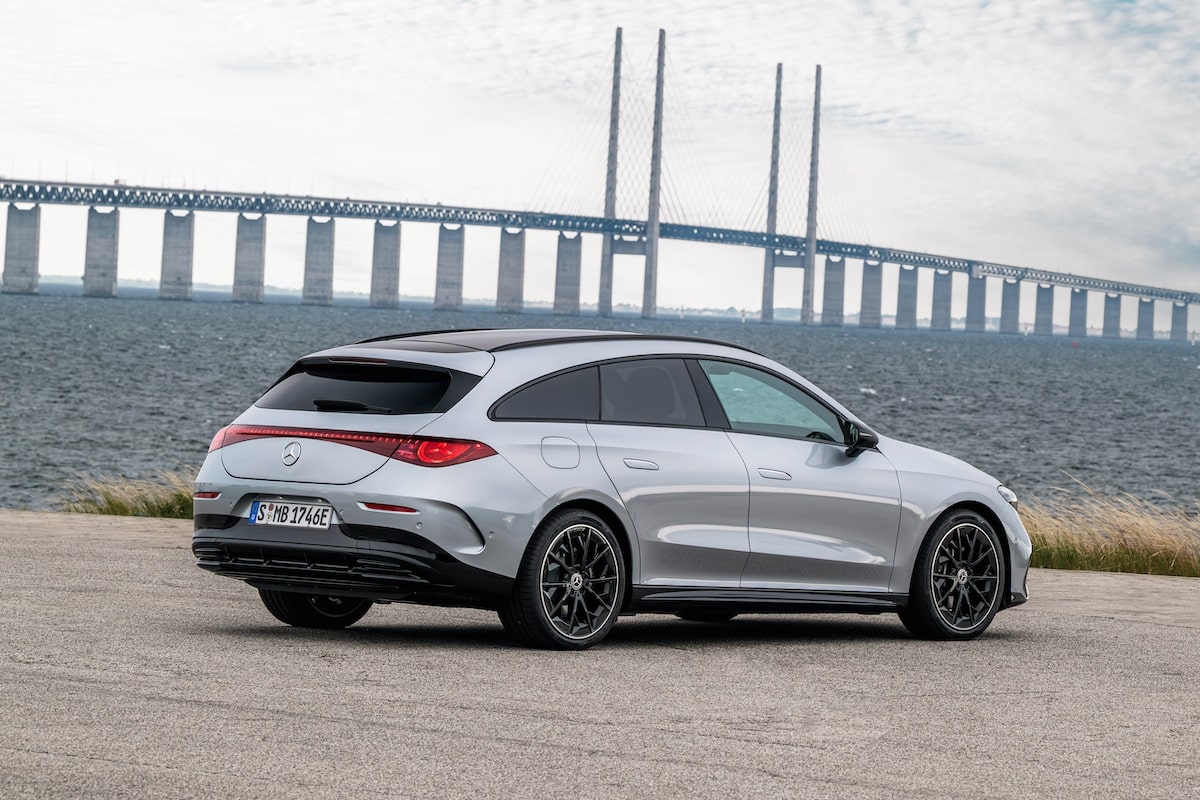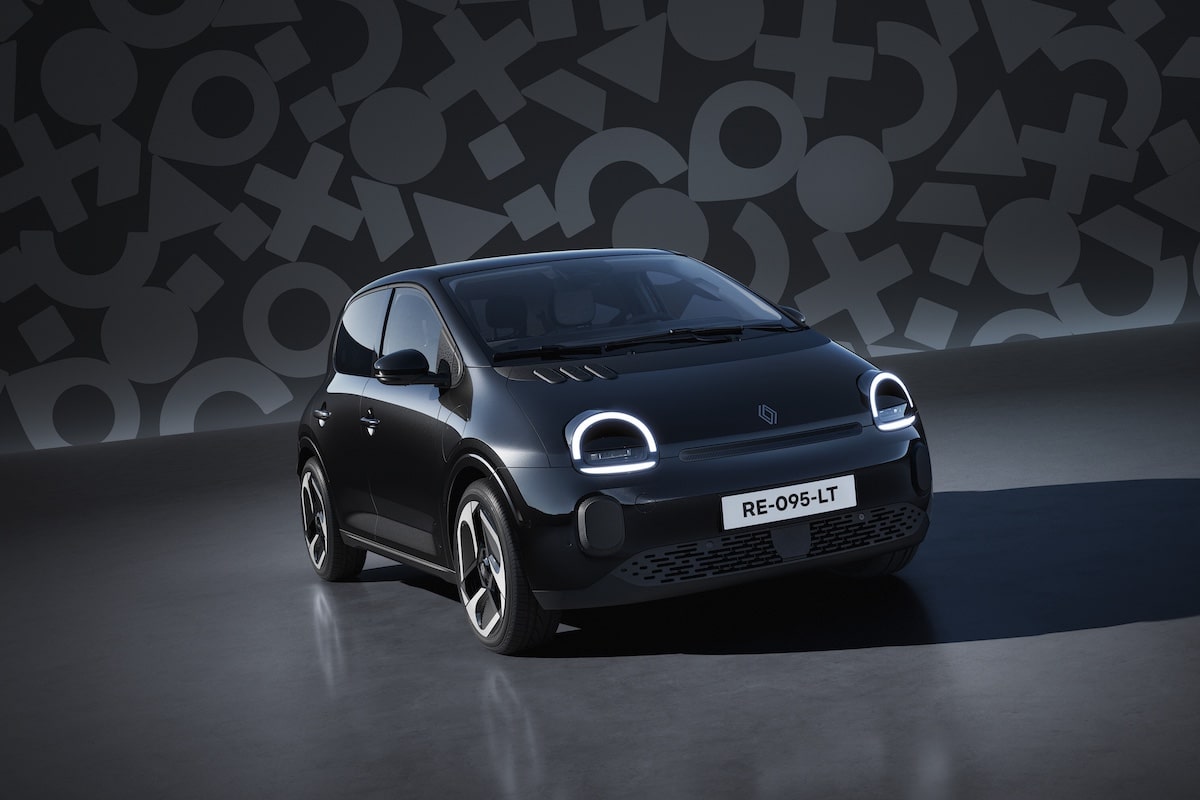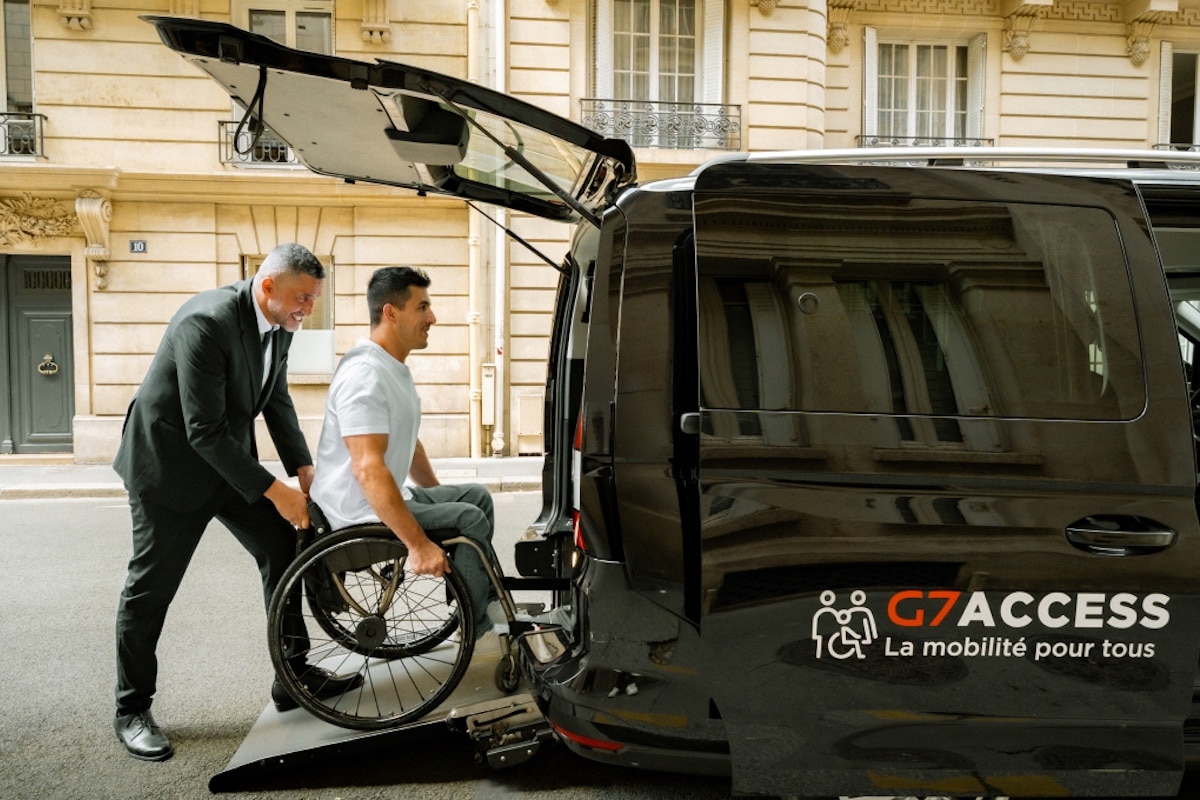What electric range do you lose on the highway?

The new electric car converts will have noticed that battery % decreases dramatically on the highway. But why?
All cars, whether powered by batteries, a fuel tank, or a hybrid system combining both, are more efficient at low speeds than at high speeds. Once this obvious fact is acknowledged, is highway driving a worsening factor for 100% electric cars?
ALSO READ: Vacation Departure: Paris-Arcachon trip in MG4, a hassle?
There isn’t technically a overconsumption of electric vehicles, but perhaps we notice it more due to the autonomy monitoring tools. If thermal cars had a fuel % indicator instead of the usual gauge, you would find that the result is more or less the same. While electric cars outperform thermal vehicles in urban settings due to their superior efficiency, on the highway the rules of the game become more equitable.
The highway is not your enemy
Recharging the battery takes longer than filling up, so unconsciously we tend to judge the loss of range as more significant on the highway where speed is high, over a longer duration. In summary, traveling more distance faster means consuming more.
This is largely a question of aerodynamics. The faster you drive, the more aerodynamic drag works against you. And this drag does not increase linearly with speed, but exponentially. At 150 km/h, it is not double that generated at 75 km/h, but close to four times!
Once this observation is established, how can you reduce your consumption? Driving on the highway, even at a constant speed, can indeed quickly diminish your electric car’s range if not approached correctly.
A new way to drive
As often, the culprit is not the energy mode used but the human accessory located between the steering wheel and the accelerator pedal.
It is considered that at a constant speed of 100 km/h, you are approaching within 10% of the WLTP consumption rate stated by the manufacturer, depending on conditions. We agree, you don’t take the highway to drive slower than on a national road. If you adopt the legal speed of 130 km/h, you should accept to consume up to 25% more. If, on the other hand, you decide to drive over 150 km/h, not only will you likely halve your car’s autonomy, but you will also increase the risk of accidents and, more trivially, risk losing your license. All for a ridiculously small gain in time compared to what you will lose at charging stations.
Furthermore, it’s crucial to develop good driving habits. Conserving energy is primarily about having a light right foot. Strong and erratic pressure on the accelerator pedal significantly increases electricity or fuel consumption. When you anticipate a slowdown, especially do not wait until the last second to brake hard. Apply a light continuous pressure on the brake pedal over the longest distance possible to regenerate electricity. Below a certain threshold of braking, the brakes do not engage, which benefits both your consumables and your battery.
In conclusion, the highway is not the enemy of the electric car. However, it is true that the electric car requires a more prudent understanding of highway driving, but isn’t that also the case in the city? A converted driver’s perspective, it becomes second nature very quickly.
ALSO READ: Tesla Model Y: you will be able to unlock autonomy by paying (official)
This page is translated from the original post "Quelle autonomie électrique perdez-vous sur autoroute ?" in French.
We also suggestthese articles:
Also read





